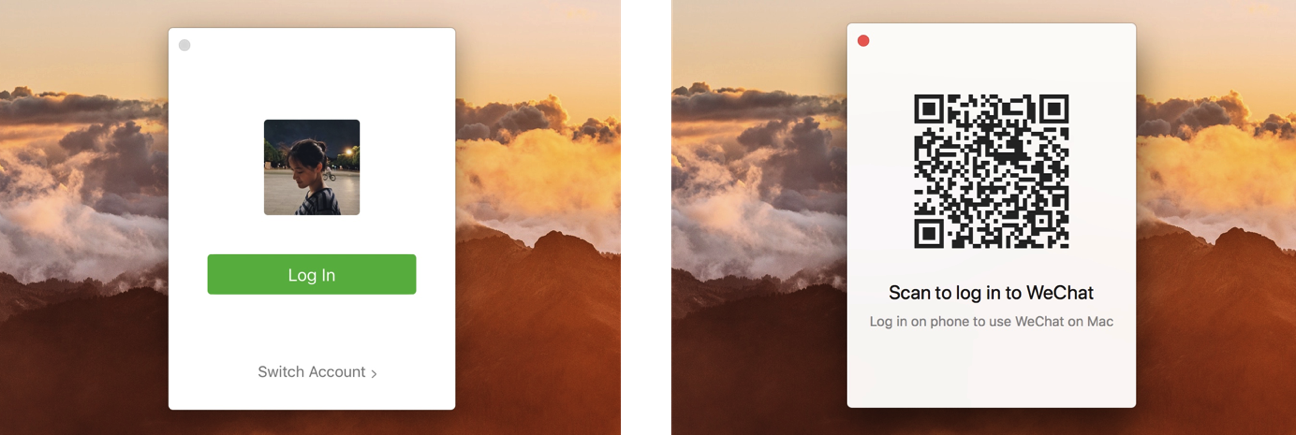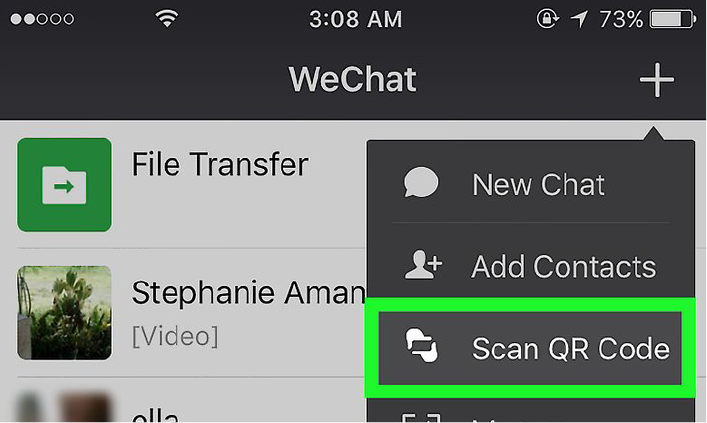

IOS 14, expected in preview later this month and officially released in September, may contain some QR code surprises, according to a Medium post by former TechCrunch reporter Josh Constine.Īpple is reportedly working on a new augmented reality app called Gobi. But even without the pandemic, QR codes were about to become indispensable anyway. QR codes are proving to be a ready and mature solution to the problem of physical contact created by the coronavirus. This is part of a wider contact-tracing program to keep the coronavirus at bay. The South Korean government is now requiring nightclubs and bars to log customer visits using QR codes. For example, the open source TrackCOVID app developed at the University of California, Irvine, School of Medicine, enables users to create "checkpoints" - points at which the virus may spread - which other users join by scanning a QR code. Many of the contract-tracing apps coming online around the world are using QR codes. The color coding is a quick way for humans to see if people have a green code and are therefore allowed to enter.

The QR codes are machine-scanned before entry to public venues, public transportation and other places. And anyone with a green code can move around normally.

Yellow code people must stay indoors for a week. Using the ubiquitous WeChat app on their smartphones, people assigned red QR codes are required by law to remain in quarantine, which lasts 14 days. In a collaboration with Alibaba's Ant Financial (formerly Alipay), the Chinese government is using color-coded QR codes to track and authenticate the public based on their COVID-19 status. QR codes are being used to track people who have been or may have been infected with the coronavirus. The COVID-19 pandemic has suddenly created a strong need for any solution that could help us stop touching things. That's right: Suddenly, we need QR codes. The creators could never have imagined that their visual data system would one day become a necessary ingredient in the future of augmented reality and pandemic control. The idea was to enable the tracking of car parts in the factory where cars are assembled. QR codes were invented in 1994 by a Japanese auto parts company called Denso Wave.


 0 kommentar(er)
0 kommentar(er)
